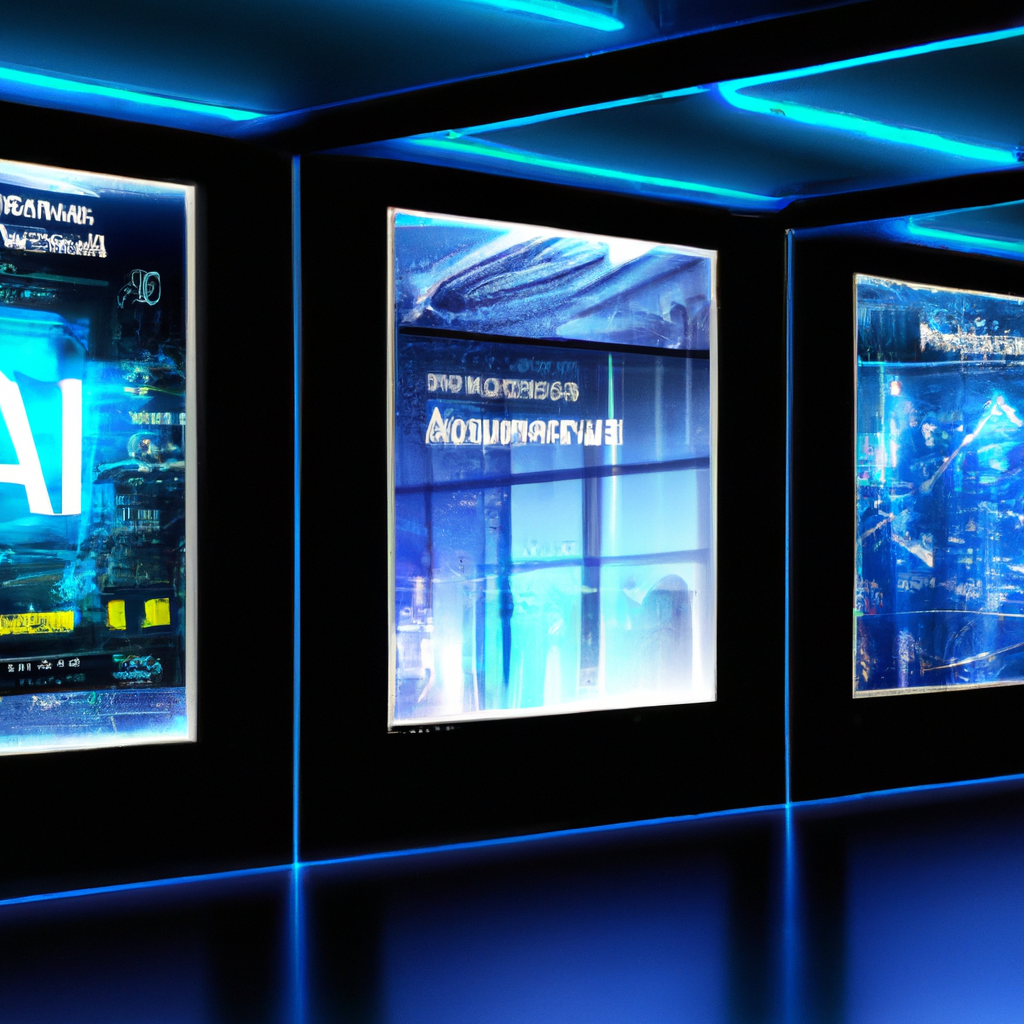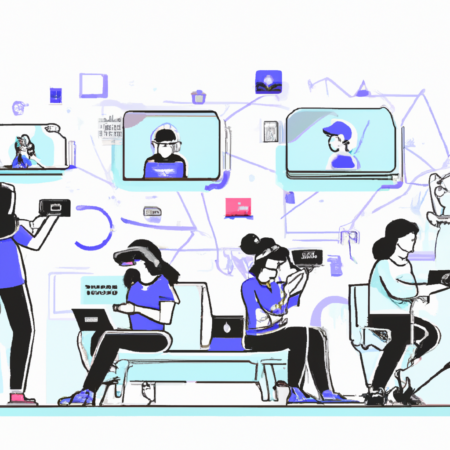Revolutionizing User Experience: Trends and Strategies for 2025
In the rapidly evolving field of user experience (UX) design, staying ahead of the curve is crucial. As we move into the second quarter of 2025, several groundbreaking trends and strategies have begun to reshape the landscape of UX, influencing how designers approach projects and how users interact with digital products.
Embracing Advanced AI in UX Design
Artificial Intelligence (AI) continues to be a game-changer in UX design. In 2025, AI tools are not just about automating tasks but are deeply integrated into the design process, offering predictive design solutions and enhancing user interaction through more personalized experiences.
Adaptive Interfaces: The New Norm
Adaptive interfaces have become more prevalent, adjusting in real-time to the user’s needs based on environmental variables and usage patterns. This approach not only improves accessibility but also ensures a seamless experience across different devices and contexts.
Virtual Reality and Augmented Reality: Enhancing User Engagement
With VR and AR technologies becoming more accessible, they are now integral to UX design, particularly in fields such as e-commerce, education, and real estate. These technologies provide immersive experiences that significantly enhance user engagement and satisfaction.
Focus on Emotional Design
Emotional design focuses on creating products that elicit positive emotions from users, thereby increasing engagement and loyalty. In 2025, more companies are leveraging this trend to differentiate their products in a crowded market.
Privacy-Centric Design
As data privacy concerns continue to mount, UX designers are increasingly adopting a privacy-first approach. This involves designing interfaces and experiences that prioritize user privacy and are transparent about data usage.
Conclusion
The landscape of UX design is continually changing, with new technologies and approaches emerging. By staying informed and adaptable, designers can ensure that their work not only meets current trends but also anticipates future needs.






